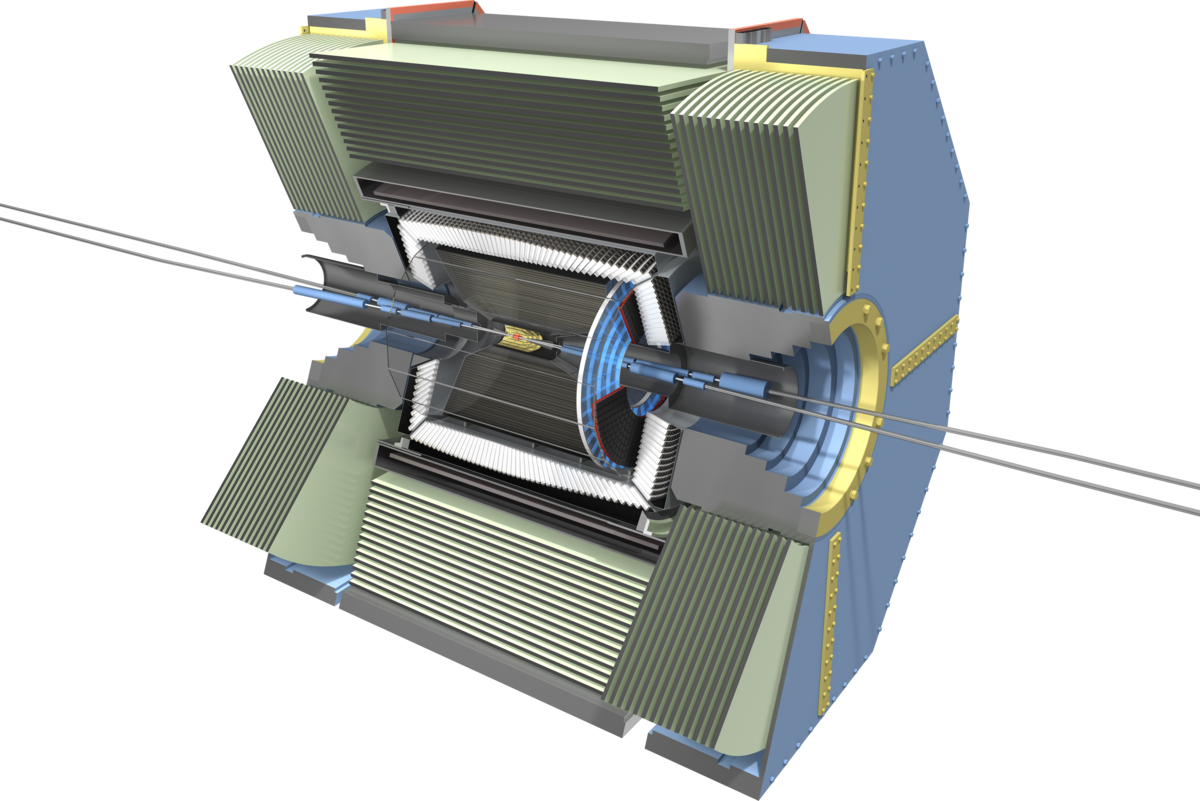Belle-II detector system integrated with powerful SuperKEKB accelerator
The High Energy Accelerator Research Organisation (KEK) completed the ‘rolling-in’ of the Belle-II experiment in Tsukuba, Japan. With this, it moves a step forward by integrating particle detector with powerful accelerator.
The term roll-in refers to the operation of moving the entire Belle II detector system from its assembly area to the beam collision point. The Belle II detector’s total weight is about 1400 tons.
About Belle-II experiment
- Belle II experiment consists of an upgraded detector to record the enormous numbers of particle processes that are produced by the SuperKEKB accelerator.
- The experiment is designed to study violations of the Standard Model of particle physics. It is grand collaboration of 700 scientists from 23 countries including India.
- The detector precisely measures elementary particle interactions artificially created with the upgraded SuperKEKB accelerator.
- In the Belle II experiment, various elementary particles generated from high energy electron-positron collisions will be observed using the 8-meter tall Belle II detector consisting of seven types of subdetectors.
- The detector will provide measurements of direction and momenta of newly produced particles. Compared to previous Belle experiment, Belle Ⅱ will allow collection of much larger data samples with much improved measurement precision.
India’s contribution
Belle-II has a significant Indian participation both on experimental and theoretical sides. The fourth layer of the six-layer i.e. highly sensitive particle detector (the heart of Belle-II) has been built by Indian scientists from Tata Institute of Fundamental Research (TIFR), Mumbai. Scientists from the Indian Institutes of Technology (IIT) Bhubaneswar, Chennai, Guwahati and Hyderabad, Panjab University, Institute of Mathematical Sciences (Chennai), Punjab Agricultural University, Malaviya National Institute of Technology (Jaipur), Indian Institute of Science Education and Research (Mohali) are also participating in this research.
Month: Current Affairs - April, 2017


